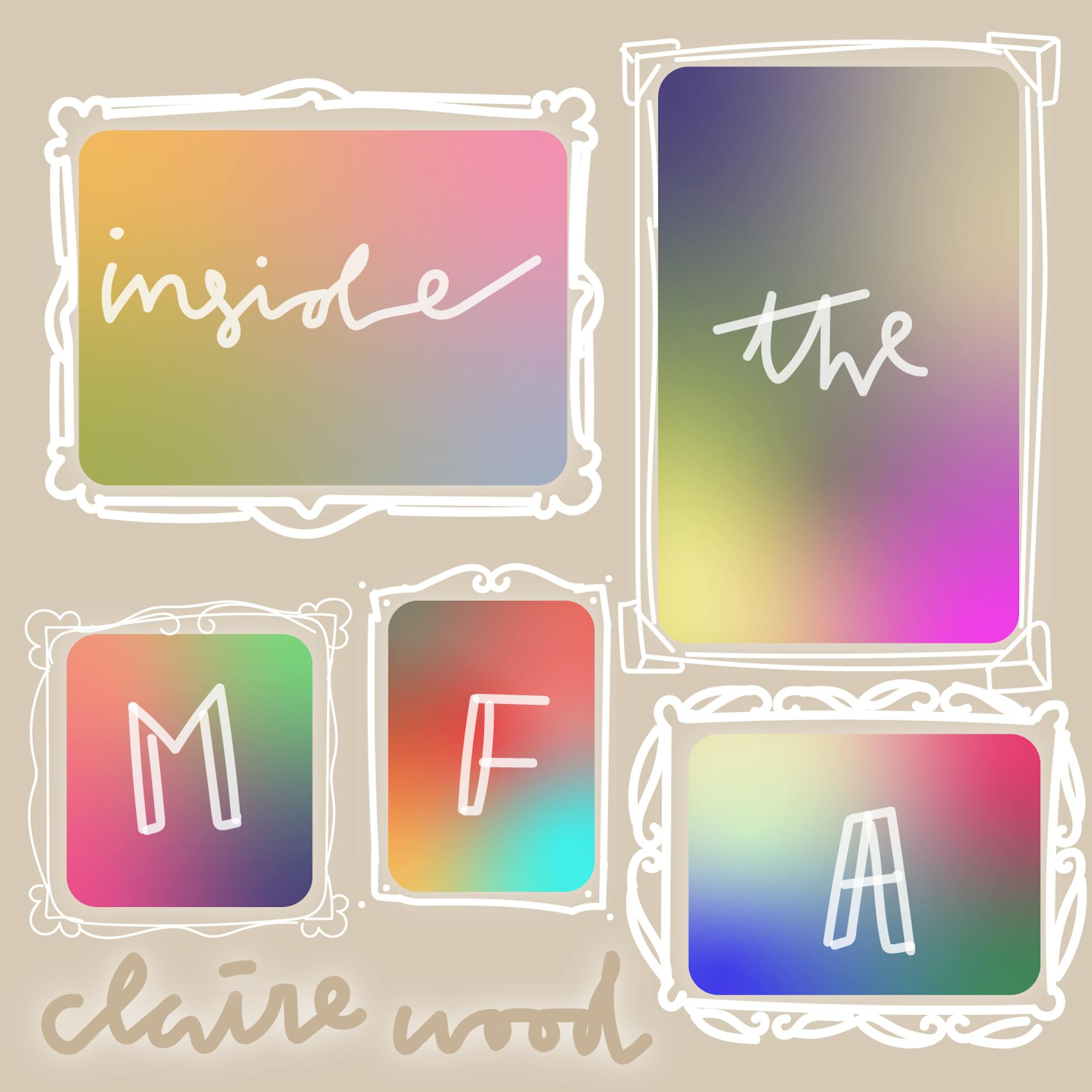With over 500,000 works of art throughout the Museum of Fine Arts, navigating the galleries can be overwhelming. Luckily, the MFA is divided into several collections, making the viewing experience more digestible.
The MFA has 13 collection areas in total. They are as follows: Art of Africa and Oceania; Art of the Americas; Art of Ancient Egypt, Nubia, and the Near East; Art of Ancient Greece and Rome; Art of Asia; Contemporary Art; Art of Europe; Jewelry; Judaica; Photography; Prints and Drawings; Musical Instruments; and the David and Roberta Logie Department of Fashion, Textiles, and Jewelry.
The regional collections include art dating back to at least 6500 B.C.E. and stretching toward the modern era. These collections make it easy to trace art evolution across the history of a society or region and make clearer the impacts of regionalism on art creation and style. The Ancient Egypt and Ancient Greece and Rome collections both center on ancient works, but the other regional collections cover many more time periods. These galleries are particularly engaging should you have an interest in a specific region or era.
The MFA also showcases more modern works in the Contemporary Art and Photography collections. Both feature works from all corners of the globe and provide a diverse view into the contemporary art world. Modern exhibitions are also at the MFA. These collections are representative of the world we inhabit today and are a great way to engage with the popular culture of recent decades.
The Judaica collection is more specialized and was only established at the MFA in 2013. It contains Jewish ritual objects that are spread out across several museum galleries. Included are Torah scrolls, Hanukkah lamps and kiddush cups. The Judaica collection also includes a more specific subset called Hebraica, which focuses on Hebrew writings and manuscripts.
Other collections provide in-depth studies of particular sets of objects. Jewelry, Musical Instruments and the Logie Department all display works that many wouldn’t consider traditional art. However, the instruments and fashion housed at the museum provide a unique way of viewing some of our modern commodities. These collections may be of particular interest to anyone interested in fashion, music, textiling or jewelry-making.
Be sure to pick up a map and collection guide when you visit the MFA so you have a greater understanding of how to navigate the building. Stay tuned for my next installment, in which I’ll highlight some unmissable pieces so you know which artworks to look out for next time you’re at the museum!






